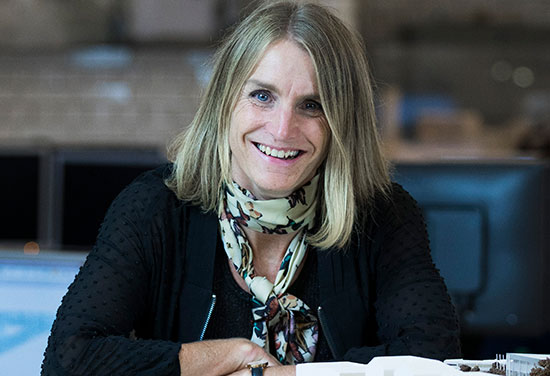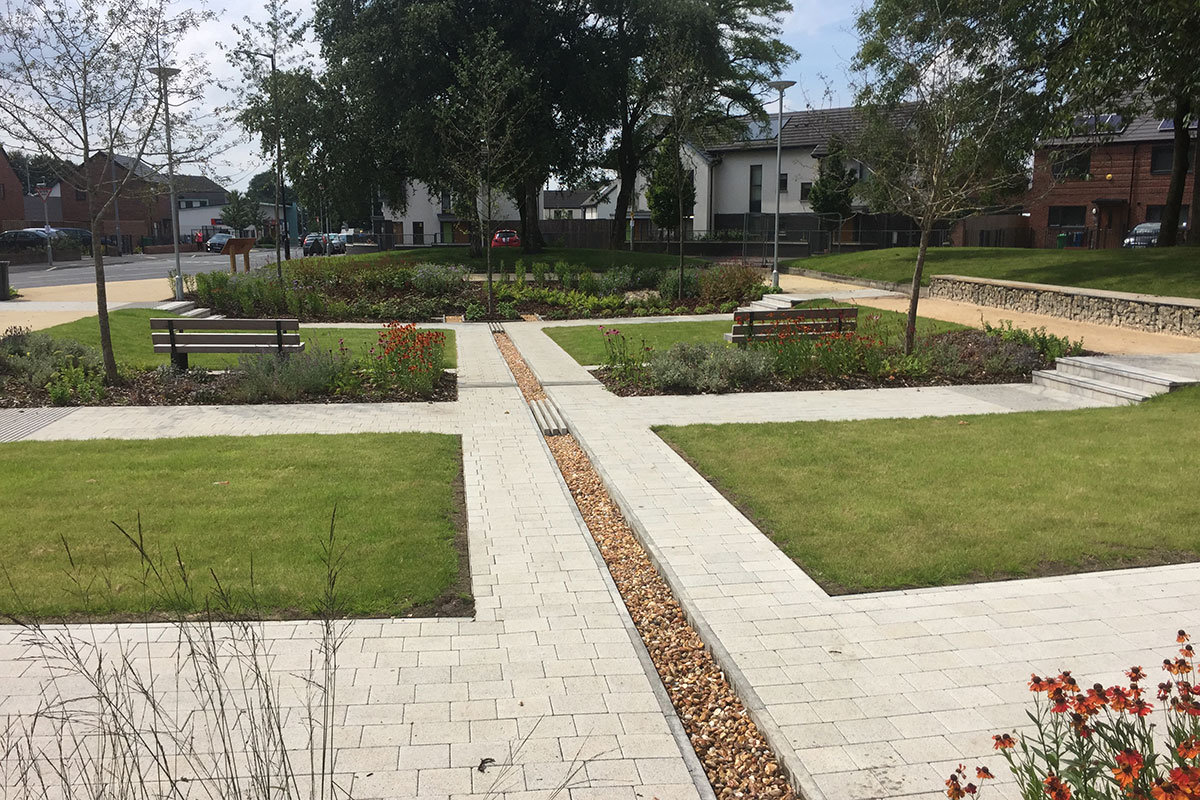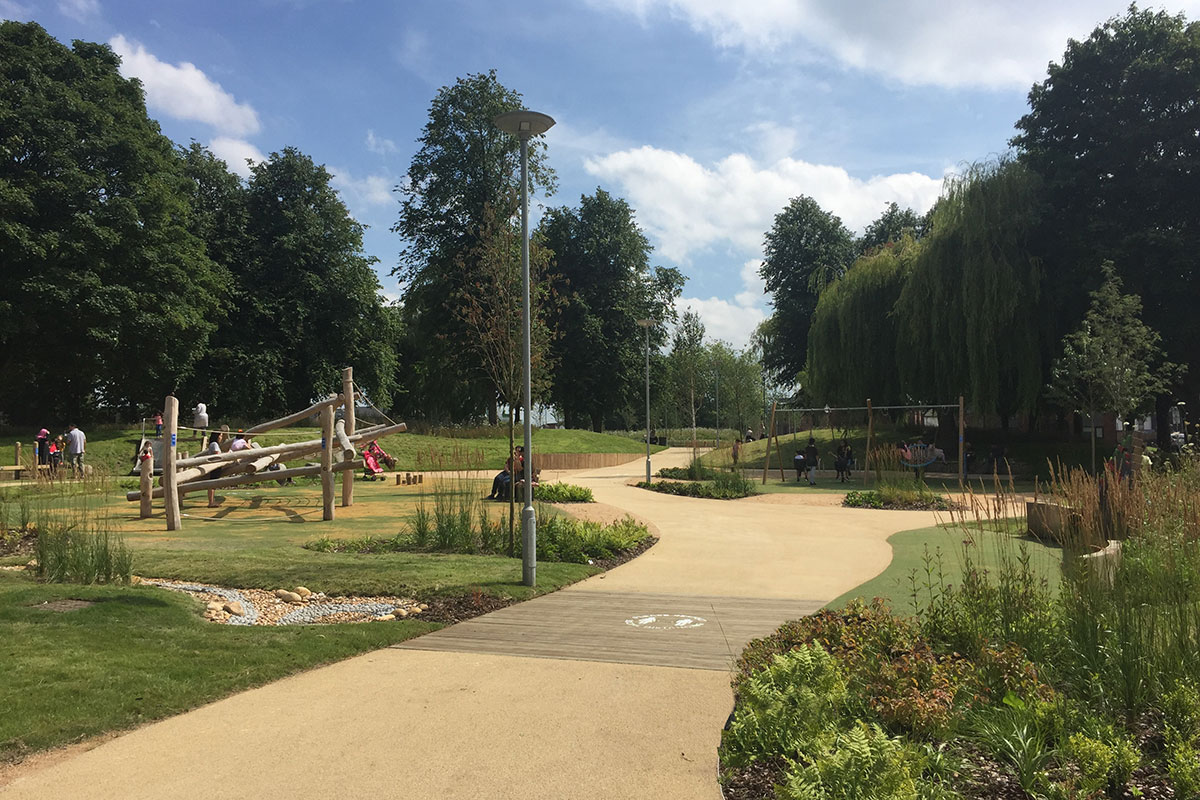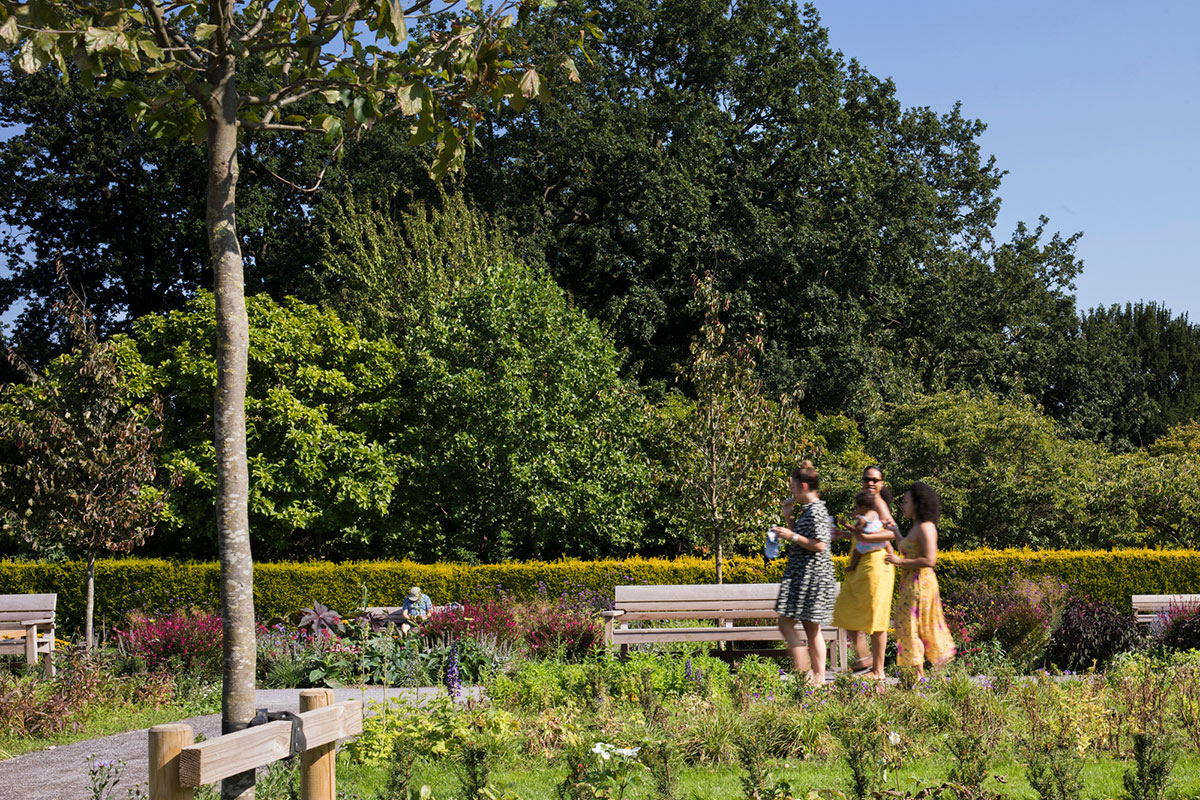#{Title}
#{Copy}

As the importance of integrating social value into design increases Beth Bourrelly explores its effects on social cohesion, wellbeing and happiness.
As architects we spend a great deal of time aspiring to deliver ‘design quality’. A significant shift in the industry is creating a stronger focus on the added value of the work we do with and for local communities.
Social Value has moved up the agenda for the entire built environment as the need for quantifying and reporting the impacts of social and environmental parameters which support conscientious design have all come to the fore.
The Government’s social value act 2012 gave a baseline for implementation but economic viability has continued to dominate planning negotiations, often resulting in a lack of quantifiable societal outcomes. We have reached a fork in the road where we need to make a quantitative and qualitative assessment of how the design of a building or place affects social cohesion, wellbeing or happiness.
It’s a balancing act. The traditional cost metrics will always be important but we know that there is a desire to quantify the value of social outcomes. Developers, contractors and investors are placing more importance on social value in terms of design, local engagement, sustainability, skills and employment to create more resilient communities.
Today, BDP is at the forefront of a movement to build a pragmatic tool to demonstrate and calculate social value in architecture. In 2018, I joined a RIBA working group of industry professionals brought together to provide the industry with a way of evaluating the work we are doing to bring communities together. The result of months of collaboration is the ‘Social Value Toolkit for Architects.’
The very ethos of BDP lies in a collaborative, people-focused culture and user-inspired design with a shared aim to value each other and the communities we work within. So, the idea that project metrics could be analysed through a standardised approach to identify and ‘monetise’ added social value is of great benefit when trying to support design decisions.
As a business, we aim to support the communities in which we work, enabling substantial economic growth; enhancing education, building robust supply chains, and increasing employment. We also concentrate on designing healthy and sustainable environments and enabling resilient buildings and communities.
All the activity we undertake in the community comes with external benchmarking to track and record impact. Within the built projects we complete, understanding and calculating the long term ‘social value added’ is very important. Gaining qualitative feedback can help to inform ways we can continually improve on projects’ overall contribution to society.
Take the West Gorton ‘Sponge Park’ for example. Part of a £100m regeneration project in Greater Manchester, this children’s play area provides valuable public realm and green open space. The intelligent design means that the green space is providing ‘engineered’ function to attenuate rainwater before it reaches the drainage system to help prevent flooding. Paths and hard surfaces have been replaced with permeable paving to allow rainwater to percolate through the ground. Infiltration ponds will soak up water and any remaining will flow into sunken rain gardens, which have been planted with a range of biodiverse vegetation to mimic the area’s natural environment. But it’s more than an innovative, functional space. The landscape seeks to promote social cohesion and wellbeing as well as delivering wider environmental benefit to the city. The design incorporates three distinct areas; a woodland area filled with tree-lined paths and play features; a biodiverse meadow with picnic area, and a community area for outdoor events. The aim is to encourage visitors to interact with nature and feel a strong sense of community.


West Gorton Sponge Park, UK
Of course, this is a good example on a small scale. More widely, our masterplanners are already taking social value measures into consideration for the design of cityscapes and urban conurbations; recognising how biodiversity, mixed use design, sustainable transport, civic space, public realm, recreation and culture supports sustainable communities.
In London, plans to improve Beckenham Place Park meant a complete overhaul of 96 hectares of parkland and a wide range of facilities. We were commissioned to work with local council and residents to attract a larger and more diverse audience to the park. We involved local people in the design process from the outset, completing a comprehensive restoration of what is now the largest park in South East London. Completed at the end of 2019, the park has reconnected surrounding communities and provided much needed high-quality open green space in the borough during the COVID-19 pandemic.

Beckenham Park, London, UK
For both large and small projects, the Social Value Toolkit for Architects helps us to recognise and, crucially, to evaluate the vital impact that user-inspired design has on social measures like cohesion, connectivity, interactivity, freedom, flexibility and ability to participate.
It has enabled us to robustly define design value. The toolkit gives us the ability to look at how places really perform over time and then to actually attribute a meaningful figure to our work, as designers, based on the outcomes.
The aim is that it will empower designers to consider how they deliver more socially-conscious places, designed with a people-first approach, enabling communities to feel happier and more engaged in the areas they live, work and play. And that surely is a step in the right direction.
To read more please visit RIBA Social Value Toolkit for Architects.